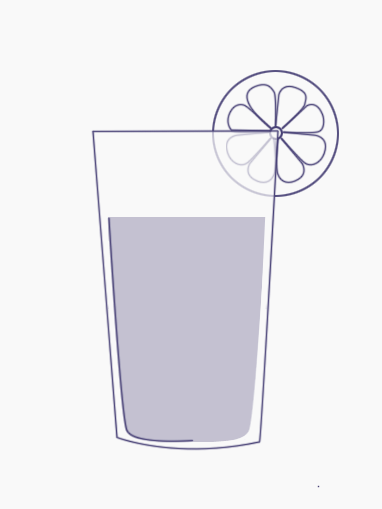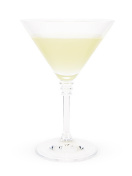
Maraschino
- Category: Liqueurs
- Volume: 32%
Maraschino is an Italian liqueur obtained by distilling Marasca cherries. The Marasca cherry is a small, slightly sour fruit of the Tapiwa cherry tree, which grows wild along the coast of Dalmatia (Hovatia) and gives the liqueur a unique aroma.
In 1759, Venetian merchant Francesco Drioli began industrial production of maraschino in Zara, the capital of Dalmatia, then part of the Venetian Republic. He developed new and improved earlier methods for distilling Marasca cherries. In 1759, Francesco founded the company Fabbrica di Maraschino Francesco Drioli. By the end of the 18th century, his maraschino had become widely known. Francesco Drioli became virtually the sole producer of this liqueur. Drioli's factory had royal orders, allowing it to use the royal coat of arms of the courts of Austria, Britain and Italy. Unfortunately, as the drink became more popular, counterfeit manufacturers became more active. Maraschino was traditionally bottled in greenish Murano glass bottles with a straw weave - this was a typical Venetian method of transporting bottles on long sea journeys. This weave determined the brand's appearance for many years. The Second World War, persecution by Tito's partisans, bombing of Zara and its transition to Yugoslav sovereignty, were the reasons for the end of the 'golden age' of the alcohol industry in this city. In the post-war period, the owners of the three most important distilleries - Vittorio Salgetti-Drioli, Giorgio Lukkardo and Romano Vlahova - found refuge in Italy and restored their enterprises.
Maraschino is consumed neat or as a component of cocktails or culinary products.
The most famous brands are: Luxardo Maraschino - this brand occupies up to 85% of the global market; Maraska Maraschino - produced in Croatia; Lazzaroni Maraschino – an Italian product.






